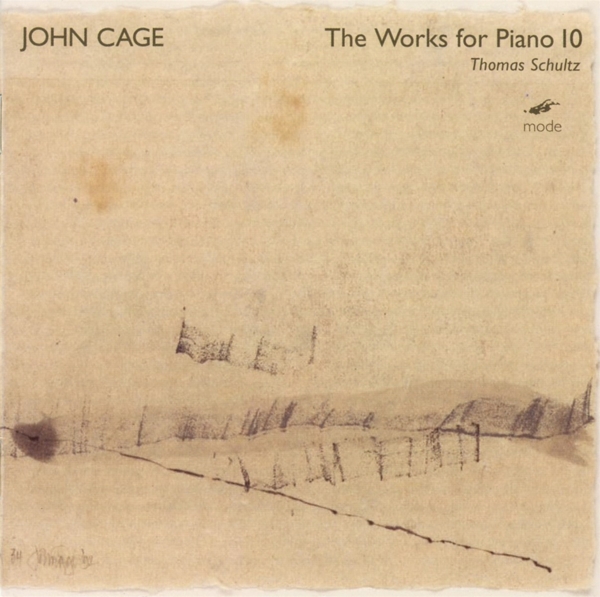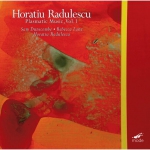Zubehör |
Mein Konto
|
Anmelden
|
Deutsch |
€ Euro |
erweiterte Suche
|
Alle Kategorien
BEST SELLER
500
NEUHEITEN
8.824
ANGEBOTE
220.502
Bisherige Auswahl:
keine Auswahl
Ergebnis einschränken:
TECHNIK
267.176
MUSIK
682.049
Sinfonische Musik
12.893
- Akkordeon
22
- Alte Instrumente
17
- Blockflöte
12
- Cello
119
- Cembalo
221
- Fagott
5
- Flöte
54
- Gitarre
312
- Harfe
45
- Horn
3
- Klarinette
20
- Klavichord
44
- Klavier
2.391
- Kontrabass
5
- Laute
106
- Mandoline
11
- Oboe
8
- Orgel
526
- Posaune
4
- Saxophon
12
- Schlaginstrument
15
- Sonst.Soloinstrumen.
1.661
- Trompete
9
- Viola
28
- Violine
199
Sonstige Klassik
4.358
|
Musik Filme Hörbücher Merchandise Kinder |





















